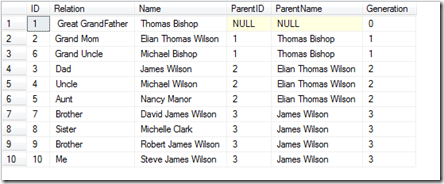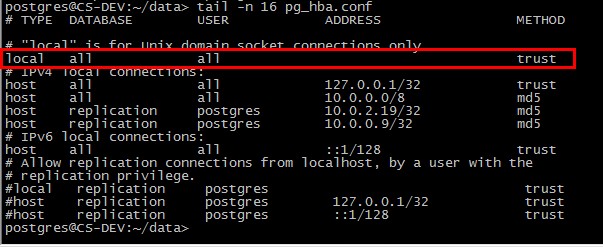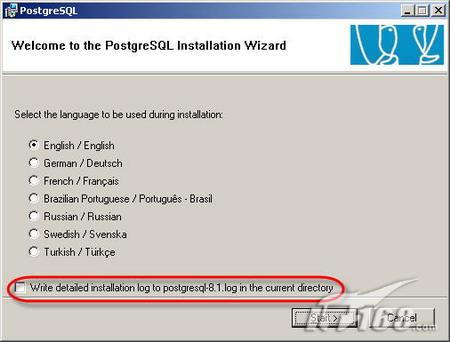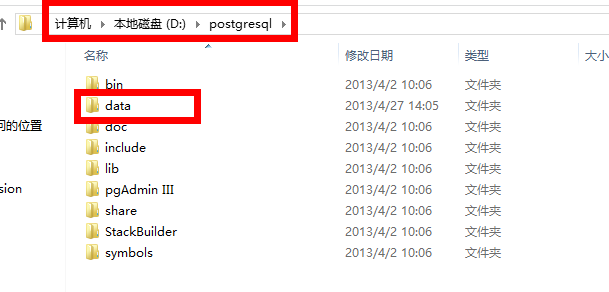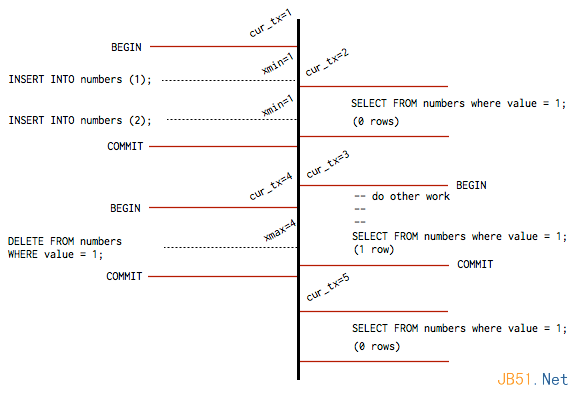PostgreSQL树形结构的递归查询示例
背景
处理不确定深度的层级结构,比如组织机构,一个常用的设计是在一张表里面保存 ID 和 Parent_ID ,并且通过自联结的办法构造一颗树。这种方式对写数据的过程很友好,但是查询过程就变得相对复杂。在不引入MPTT模型的前提下,必须通过递归算法来查询某个节点和下级子节点。
Oracle提供的connect by扩展语法,简单好用。但是其他的RDBMS就没这么人性化了(或者我不知道)。最近在项目中使用PostgreSQL来查询树形数据,记录一下。
构造样本数据
drop table if exists demo.tree_data; create table demo.tree_data ( id integer, code text, pid integer, sort integer ); insert into demo.tree_data values(1, '中国', null, 1); insert into demo.tree_data values(2, '四川', 1, 1); insert into demo.tree_data values(3, '云南', 1, 2); insert into demo.tree_data values(4, '成都', 2, 1); insert into demo.tree_data values(5, '绵阳', 2, 2); insert into demo.tree_data values(6, '武侯区', 4, 1); insert into demo.tree_data values(7, '昆明', 3, 1);
connectby函数
如果安装了 tablefunc 扩展,就可以使用PG版本的connectby函数。这个没有Oracle那么强大,但是可以满足基本要求。
-- API 如下 connectby(text relname, -- 表名称 text keyid_fld, -- id字段 text parent_keyid_fld -- 父id字段 [, text orderby_fld ], -- 排序字段 text start_with, -- 起始行的id值 int max_depth -- 树深度,0表示无限 [, text branch_delim ]) -- 路径分隔符
-- 基本用法如下,必须通过AS子句定义返回的字段名称和类型
select *
from connectby('demo.tree_data', 'id', 'pid', 'sort', '1', 0, '~')
as (id int, pid int, lvl int, branch text, sort int);
-- 查询结果
id | pid | lvl | branch | sort
----+-----+-----+---------+------
1 | | 0 | 1 | 1
2 | 1 | 1 | 1~2 | 2
4 | 2 | 2 | 1~2~4 | 3
6 | 4 | 3 | 1~2~4~6 | 4
5 | 2 | 2 | 1~2~5 | 5
3 | 1 | 1 | 1~3 | 6
7 | 3 | 2 | 1~3~7 | 7
(7 rows)
-- 仅仅使用基本用法,只能查询出id的相关信息,如果要查询code等其他字段,就需要通过额外的join操作来实现。
select
t.id, n.code, t.pid, p.code as pcode, lvl, branch
from (
select * from connectby('demo.tree_data', 'id', 'pid', 'sort', '1', 0, '~')
as (id int, pid int, lvl int, branch text, sort int)
) as t
left join demo.tree_data as n on (t.id = n.id)
left join demo.tree_data as p on (t.pid = p.id)
order by t.sort ;
id | code | pid | pcode | lvl | branch
----+--------+-----+-------+-----+---------
1 | 中国 | | | 0 | 1
2 | 四川 | 1 | 中国 | 1 | 1~2
4 | 成都 | 2 | 四川 | 2 | 1~2~4
6 | 武侯区 | 4 | 成都 | 3 | 1~2~4~6
5 | 绵阳 | 2 | 四川 | 2 | 1~2~5
3 | 云南 | 1 | 中国 | 1 | 1~3
7 | 昆明 | 3 | 云南 | 2 | 1~3~7
(7 rows)
PS:虽然通过join可以查询出节点的code,但是branch部分不能直接转换成对应的code,使用上还是不太方便。
CTE语法
使用CTE语法,通过 with recursive 来实现树形数据的递归查询。这个方法虽然没有connectby那么直接,但是灵活性和显示效果更好。
-- with recursive cte as ( -- 先查询root节点 select id, code, pid, '' as pcode, code as branch from demo.tree_data where id = 1 union all -- 通过cte递归查询root节点的直接子节点 select origin.id, origin.code, cte.id as pid, cte.code as pcode, cte.branch || '~' || origin.code from cte join demo.tree_data as origin on origin.pid = cte.id ) select id,code, pid, pcode, branch, -- 通过计算分隔符的个数,模拟计算出树形的深度 (length(branch)-length(replace(branch, '~', ''))) as lvl from cte; -- id | code | pid | pcode | branch | lvl ----+--------+-----+-------+-----------------------+----- 1 | 中国 | | | 中国 | 0 2 | 四川 | 1 | 中国 | 中国~四川 | 1 3 | 云南 | 1 | 中国 | 中国~云南 | 1 4 | 成都 | 2 | 四川 | 中国~四川~成都 | 2 5 | 绵阳 | 2 | 四川 | 中国~四川~绵阳 | 2 7 | 昆明 | 3 | 云南 | 中国~云南~昆明 | 2 6 | 武侯区 | 4 | 成都 | 中国~四川~成都~武侯区 | 3 (7 rows)
执行过程说明
从上面的例子可以看出,WITH RECURSIVE语句包含了两个部分
- non-recursive term(非递归部分),即上例中的union all前面部分
- recursive term(递归部分),即上例中union all后面部分
执行步骤如下
- 执行non-recursive term。(如果使用的是union而非union all,则需对结果去重)其结果作为recursive term中对result的引用,同时将这部分结果放入临时的working table中
- 重复执行如下步骤,直到working table为空:用working table的内容替换递归的自引用,执行recursive term,(如果使用union而非union all,去除重复数据),并用该结果(如果使用union而非union all,则是去重后的结果)替换working table
以上面的query为例,来看看具体过程
执行non-recursive query
-- step 1 执行 select id, code, pid, '' as pcode, code as branch from demo.tree_data where id = 1 -- 结果集和working table为 id | code | pid | pcode | branch ----+------+-----+-------+-------- 1 | 中国 | | | 中国
执行recursive query
-- step 2 执行递归,此时自引用cte中的数据是step 1的结果 select origin.id, origin.code, cte.id as pid, cte.code as pcode, cte.branch || '~' || origin.code from cte join demo.tree_data as origin on origin.pid = cte.id -- 结果集和working table为 id | code | pid | pcode | branch ----+--------+-----+-------+--------------------- 2 | 四川 | 1 | 中国 | 中国~四川 3 | 云南 | 1 | 中国 | 中国~云南
3、继续执行recursive query,直到结果集和working table为空
4、结束递归,将前三个步骤的结果集合并,即得到最终的WITH RECURSIVE的结果集。
严格来讲,这个过程实现上是一个迭代的过程而非递归,不过RECURSIVE这个关键词是SQL标准委员会定立的,所以PostgreSQL也延用了RECURSIVE这一关键词。
总结
以上就是这篇文章的全部内容了,希望本文的内容对大家的学习或者工作具有一定的参考学习价值,谢谢大家对潘少俊衡的支持。
版权声明
本文仅代表作者观点,不代表本站立场。
本文系作者授权发表,未经许可,不得转载。
本文地址:/shujuku/PostgreSQL/106971.html







